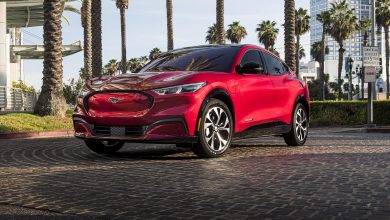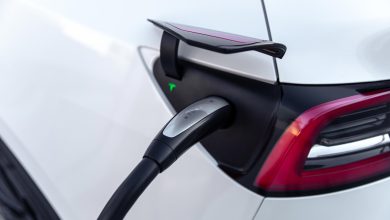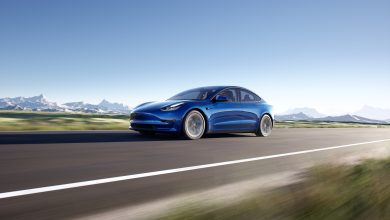The Shocking Truth: EV Batteries Can Last 15-20 Years
Battery TechEV NewsElectric Vehicles Built to Last 15-20 Years
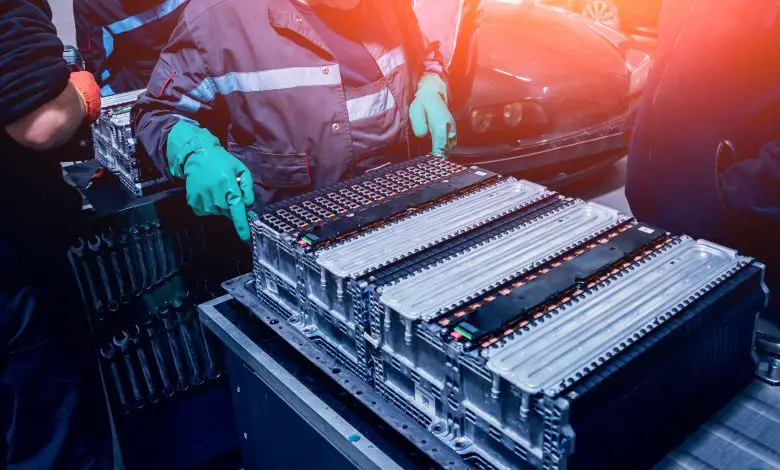
The lifespan of electric vehicle (EV) batteries is a hot topic in the automotive industry. While there is limited data on how long these batteries can last, initial observations suggest that they exceed expectations. Many EV batteries outlast their warranty period of 8 years and 100,000 miles, indicating that they have the potential to last longer than previously thought. As we continue to monitor and study the performance of these batteries, we can anticipate even greater advancements in the world of EV technology. This article will explore the current state of EV batteries and what we can expect from this rapidly-evolving field.
The Shocking Truth: Electric Vehicles Built to Last 15-20 Years!
As the world transitions towards a more sustainable future, electric vehicles (EVs) are becoming increasingly popular. However, as with any new technology, there are concerns about the longevity of its components, particularly the battery. Lithium-ion batteries, which are used in most EVs, start to degrade as soon as they are made, affecting their range as the vehicle ages.
This may sound alarming, but the good news is that EV batteries are far more sophisticated than the ones found in our everyday devices and are built to last well beyond their warranty period.
Although it is difficult to provide an exact answer about the lifetime of an EV battery, studies on older models of Nissan LEAF and Tesla Model S, have shown that these batteries still have a lot of life left in them after almost a decade of use.
Why Are EV Batteries Still Thriving in Cars Today?
While there has been notable battery recalls in recent years for electric vehicles (EVs), they remain rare in the broader EV community. In the cases of the Chevrolet Bolt EV and EUV and the Hyundai Kona Electric, the manufacturers covered sweeping battery replacement programs to remedy similar battery pack flaws.
Battery data from real cars
Ever wondered how an electric vehicle’s range changes over time? We’ve got the answer. Based on real-world observations of approximately 15,000 drivers, we’ve compiled charts showcasing how the projected range at 100% charge changes with an odometer. Using the odometer as a proxy for the age of the vehicle (since we don’t know the manufacture date of the batteries and vehicle), one can witness how the EV range is affected by the wear and tear of daily use. Read on to discover the fascinating insights gleaned from our data.
Nissan LEAF
The Nissan LEAF has been on the road for over a decade and remains the oldest mass-produced EV in circulation. As a result, it comes as no surprise that it has seen a fair number of battery replacements, especially for early model years. However, these replacements were covered by Nissan as the original battery chemistry had a tendency to lose charge quickly in hot environments. Fortunately, the newer, more strong battery has been much more successful.
According to Nic Thomas, Nissan’s marketing director for the UK, most batteries they’ve ever produced are still powering cars. The company doesn’t have a surplus to convert into something else. Additionally, Francisco Carranza, managing director of Renault-Nissan Energy Services, believes the batteries may last up to 22 years.
Tesla Model S
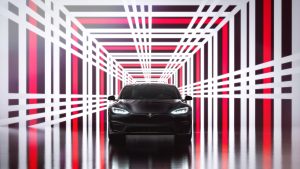
Tesla’s iconic Model S was an early pioneer in the EV market and has been around longer than some of its younger siblings. As a result, it’s not surprising that the Model S has had more battery replacements than newer Tesla models.
Interestingly, the larger 100 kWh Model S shows a degradation curve that aligns closely with the idealized battery degradation curve, this isn’t the case for the smaller battery packs used in some Model S vehicles.
The data shows that battery degradation can vary depending on the specific make and model of the EV, making it important for drivers to understand how their specific vehicle may be affected.
Tesla Model 3
The Tesla Model 3 has been cruising the streets since 2018, and the data shows that it experiences a typical dip in projected range during the first 20,000 miles of driving before plateauing. However, some interesting fluctuations can be observed in the data, such as range boosts at 60K, 80K, and 90K miles in the 62 kWh model.
But don’t be fooled; these changes reflect modifications in the computer models and Tesla software rather than any actual increases in range.
BMW i3
The BMW i3, despite its smaller battery pack and modest range, has proven to be quite durable over time. The earliest 22 kWh packs released in the US in 2014 and the 33 kWh packs that followed in 2017 have shown an average of 80% original capacity remaining at 100,000 miles.
Even the more recent 42 kWh packs released in 2019, which were likely used for daily commutes, are expected to have similar degradation rates as the smaller packs due to their similar battery. This goes to show that even older EVs can still hold their own and provide reliable transportation for their owners.
Chevrolet Volt
The Chevy Volt is a plug-in hybrid car that’s known for experiencing less battery degradation thanks to its gentle use and a lower percentage of usable capacity than fully electric batteries. However, it’s still important to take a look at its battery performance since we have access to a significant number of high-mileage vehicles.
What Do EV Battery Warranties Reveal?
When it comes to electric vehicles (EVs), the battery is the lifeblood of the car. That’s why understanding the expected lifespan of EV batteries is crucial for car buyers. Luckily, one way to gauge battery life is by checking the manufacturer’s warranty. These warranties are similar to traditional car warranties but with a special emphasis on the battery.
It is important to carefully review the warranty to see what percentage of the original battery capacity is guaranteed over time. In the US, the standard warranty is eight years or 100,000 miles, but this can vary by manufacturer. While measuring battery capacity can be challenging, the warranty sets the expectation that the battery should retain a certain amount of energy over a specific period. Even for used EVs outside of the warranty period, supplemental protection may be available from the manufacturer or third parties.
Related
Ascend Elements Unveils Massive EV Battery Recycling Hub

